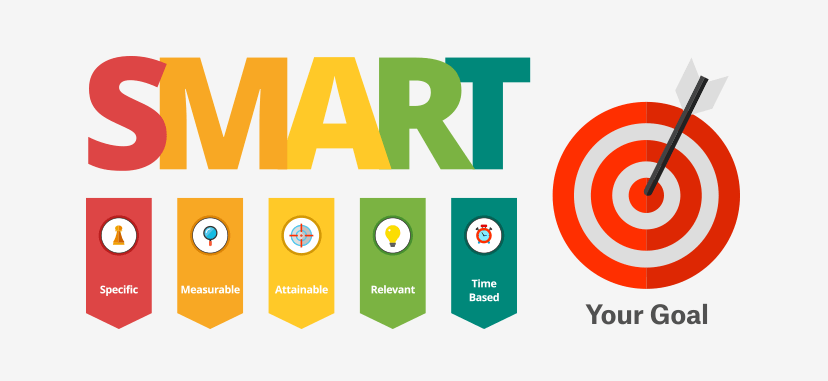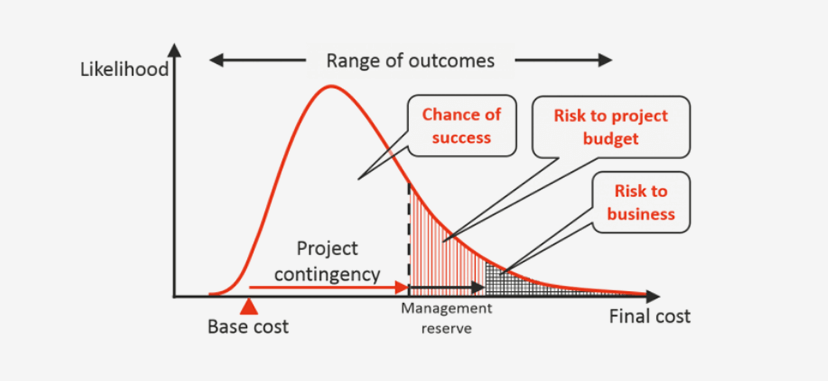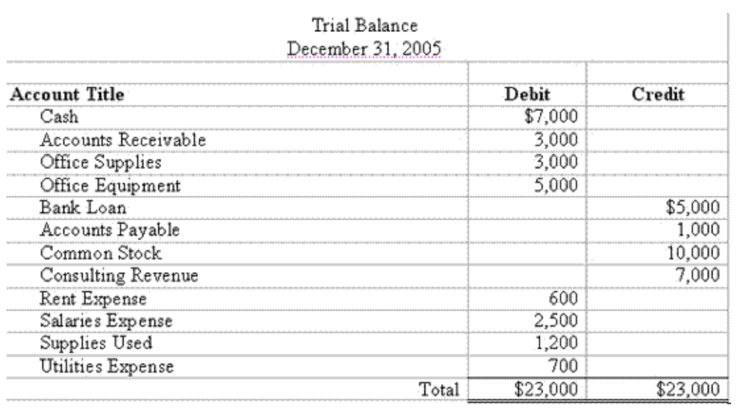You know the feeling. You’re in charge of several projects at work, and things are starting to slip through the cracks. The team is getting bogged down in details, progress is stalling, and you’re starting to feel the pressure.
What you need is a way to keep your team on track and focused on the bigger picture. That’s where Enterprise project management (EPM) comes in.
EPM is all about making sure that your team is working together efficiently towards a common goal. It’s the art of keeping everyone aligned and on the same page, so that you can avoid costly mistakes and deliver your projects on time and on budget.
In this article, we’ll explore the importance of EPM and how it can benefit your business.

What is EPM?
In a nutshell, EPM is all about managing several projects at scale. It’s the process of coordinating and managing multiple projects in a way that helps businesses achieve their goals.
What makes it stand out from everyday project management is its focus. Instead of thinking about each project as its own entity, EPM looks at the big picture and considers how all of the projects can work together to achieve the company’s objectives.
This might seem like a small change, but it can make a world of difference in the way projects are managed and executed.

An Example of EPM at Work
Imagine you’re managing 3 projects: one to launch a new product, one to increase sales in existing markets, and one to open a new market.
If you’re thinking about each project individually, you might end up with 3 very different plans that don’t take into account the company’s overall goals. But if you’re thinking about the projects as part of an enterprise, you can see how they all fit together to achieve the company’s objectives.
Here’s the thing, in everyone of those projects you have some overlap in goals and some commonality in processes.
You’ll probably need to do some market research for all 3 projects, and you’ll need to develop a sales plan. These projects probably need copywriters, graphics designers, and web developers. By thinking about the projects as part of an enterprise, you can start to see how they all fit together and where there are opportunities for synergy.
Think about it like this: if you’re trying to put together a jigsaw puzzle, it’s much easier to do if you have a clear idea of what the final picture is supposed to look like.
The same is true for managing projects. Having a clear goal in mind will make it much easier to coordinate all of the different moving parts and ensure that everyone is working towards the same goal.
To put it blunt, projects serve two masters 1) the business and its needs and wants and 2) the customer or client and their needs and wants.
EPM is all about creating a process that considers impact to both.
As you can see, enterprise project management is not your ordinary project management. It’s a more holistic and coordinated approach that takes into account the big picture.
And while it might seem like a lot of work, the benefits might make it worth it. Let’s take a look at some of the benefits of EPM.

Benefits…
Enterprise project management is extremely beneficial because it:
- Aligns everyone on the businesses objectives
- Optimizes resources resources across the board
- Improves visibility into the project’s progress
- Provides actionable insights for decision making purposes
- Improved coordination between team members
Here’s a more detailed breakdown…
Alignment
First, it helps ensure that all projects are aligned with the company’s overall objectives. This alignment is key to ensuring that the projects are working together to achieve the company’s goals, rather than working against each other.
Optimized
Second, EPM helps to optimize resources across all projects. This optimization is possible because EPM takes into account the interdependencies between projects.
By understanding how the projects are interconnected, you can make sure that resources are being used in the most efficient way possible. This helps to save time and money, which is always a good thing.
Improved Visibility
Third, EPM provides improved visibility into all of the projects. This is important because it allows managers to identify risks and issues early on. It also allows for better decision making because all of the relevant information is readily available. This improved visibility leads to improved project outcomes.
Actionable Insights
Fourth, EPM provides actionable insights that can be used to improve future projects. These insights are possible because EPM generates a lot of data.
This data can be used to identify trends and patterns. These trends and patterns can then be used to improve future projects.
For example, if you notice that a particular type of project is always behind schedule, you can take steps to avoid that in the future. Or if you notice that a certain type of resource is always in high demand, you can make sure to have more of that resource on hand for future projects.
In short, EPM provides the data that you need to make informed decisions about future projects.
Improved Coordination
Finally, EPM leads to improved coordination between all of the different projects. This improved coordination is possible because EPM provides a centralized repository for all project information.
This repository can be used to track dependencies, milestones, and deadlines. It can also be used to store contact information for all of the different project stakeholders.
Having this information in one place makes it much easier to coordinate the projects.

What about small businesses?
As you can probably see, EPM is extremely beneficial for businesses and especially large companies that have a lot of moving parts. But what about small businesses?
The short answer is that EPM can be beneficial for small businesses, but it’s not essential. Small businesses have different needs than large businesses. They often don’t have the same resources, and they often don’t have the same number of projects going on at the same time.
However, EPM can still be helpful for small businesses. If you have a small business, you might want to consider using EPM if you find yourself in any of the following situations:
- When you have multiple projects underway and you need help coordinating them
- When you need help aligning your projects with your company’s overall objectives
- When you want to optimize your resources across all of your projects
- When you need better visibility into your projects
- When you want actionable insights that can help improve future projects

The Seven Elements of EPM
According to the Project Management Institute (PMI), there are seven elements of EPM:
1. Risk Analysis
2. Structured Estimating
3. Project Reviews
4. PM Coaching
5. Escalated Issue Management
6. Time Accounting
7. Information System
These elements form a sort of blueprint for how EPM processes should be implemented. Note that in principle there is a lot of overlap between EPM and normal project management processes. But remember, EPM is designed for centralized management of multiple projects.
Let’s briefly look at each one.
1. Risk Analysis
Here’s the thing about projects: they always come with some degree of risk. There’s always the possibility that something will go wrong. And if you have several projects underway at the same time, the risks can start to pile up. That’s why risk analysis is such an important part of EPM.
You’ll probably notice that reoccurring risks will start to emerge as you analyze your projects. For example, you might find that a certain type of project is always behind schedule. By identifying these risks, you can take steps to mitigate them in the future.
2. Structured Estimating
One of the challenges of managing multiple projects is that each project has its own unique estimating process. This can make it difficult to compare apples to apples when you’re trying to figure out which project is most important.
That’s where structured estimating comes in. Structured estimating is a way of creating a standardized estimating process that can be applied to all projects. This makes it much easier to compare projects and to prioritize them.
3. Project Reviews
The PMI states that there are four types of reviews: project commitment, project initiation, project delivery, and project closure. The main purpose is to check on progress, quality, and risks. This serves an important tool for maintaining culture and standards throughout the organization.
Having a review template for all projects is an excellent way to maintain consistency and ensure that all key points are covered. Color coding by impact and urgency lets you quickly identify which areas need attention first.
For example red could be applied to items that need to be escalated immediately, while yellow could be used for items that need to be addressed but are not urgent.
4. PM Coaching
As the name suggests, PM coaching is all about providing support and guidance to project managers. Now, this might sound like a luxury, but it’s actually quite important. Direction from a more experienced project manager can be invaluable for keeping projects on track. Plus, it can help prevent problems before they occur.
This raises the question: who should be a coach? The answer is that it depends on the organization. In some cases, it might make sense to have a central coaching team. Just be sure to choose a coach who is familiar with your organization’s culture and values.
5. Escalated Issue Management
There’s a range of issues that can arise during a project. Some of them can be resolved quickly and easily. Others might require more time and effort.
And then there are the truly difficult issues that just won’t go away no matter what you do. These are the types of issues that need to be prioritized and escalated. For example, an issue might be escalated if it is:
- Time-sensitive
- Impacting multiple projects
- Going to cause a delay in the project
- Likely to result in a loss of money
Having the executive team involved in issue management can be very helpful. They can provide the resources and support that are needed to resolve difficult issues.
6. Time Accounting
Measuring time as accurately as possible is critical for project management. After all, time is money. If a project is taking longer than expected, it can impact the bottom line. But imagine if several projects are behind schedule. That can have a serious impact on the organization.
That’s why time accounting is so important. Time accounting is the process of tracking and measuring the time that is spent on each project. This information can be used to:
- Identify which projects are behind schedule
- Determine which projects are over budget
- See where time is being wasted
- Make decisions about how to allocate resources
7. Information System
At the foundation of every project is data. This data is used to make decisions, track progress, and measure success.
An information system is a way of collecting, storing, and sharing data. There are many different types of information systems, but they all have one thing in common: they make it easier to manage projects.
There are four types of reports that are commonly used in EPM:
- Project progress
- Resource utilization
- Project activity
- Resource usage

Conclusion
If your projects are scaling up, then you might need to consider Enterprise Project Management. This guide has provided you with an overview of what EPM is and some of the key concepts that you need to know.
EPM can help you to manage projects more effectively, but it’s not a silver bullet. Remember that every organization is different, and what works for one might not work for another.
The best way to find out if EPM is right for you is to experiment and see what works best for your organization. There is no one-size-fits-all solution, so don’t be afraid to try something new. Good luck.






















































